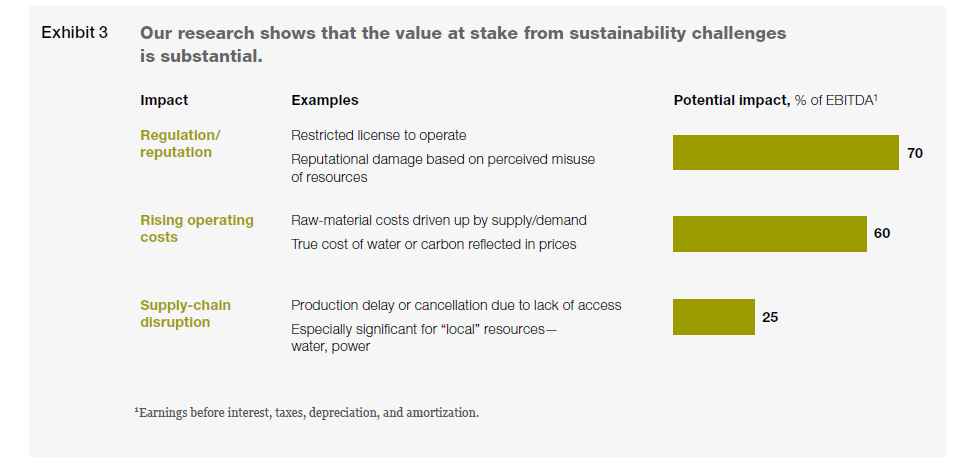Green market segments in the United States are growing fast, according to The Big Green Opportunity report. Businesses are also increasingly looking for ways to implement strategic choices that will create a sustainable future while generating a greener bottom line. In addition, studies are showing growing consumer interest in eco-friendly companies and that “many consumers will shun products and companies with a poor track record on environmental issues.”
Businesses will be relieved to know that reducing their carbon footprint doesn’t have to be painful, and can actually save money.
“Going green is an increasingly big issue. Companies are now realizing that
they have a role to play in helping the environment, and those companies that
have yet to realize that are being notified by their customers. Over time, going
green has the potential to save your company millions.”
— David Wither, Consultant & Startup Advisor
What is a green business? According to the Green Business Network, “green businesses adopt principles, policies and practices that improve the quality of life for their customers, employees, communities, and the planet.” In addition, “they challenge themselves to bring the goals of social and economic justice, environmental sustainability, as well as community health and development, into all of their activities — from production and supply chain management to employee relations and customer service.”
The International Organization for Standardization (ISO), a standard-setting body that advances world-wide industrial and commercial standards, includes environmental management guidelines through ISO 14000. According to the Environmental Literacy Council, many companies are going beyond ISO standards and developing their own guidelines and strategies for sustainability practices.
For example, in an effort to conserve water, plastic, and cardboard, Walmart has committed to selling concentrated liquid laundry detergent only. Dell Computers has also established a commitment aiming for carbon neutrality.
Despite the efforts taken by some of the global corporations, The Economist cautions that “sustainability suffers from an image problem.” Historically, what has consistently mattered to executives is margins and the interests of their shareholders. However, the executive of today is dealing with a “complex and unprecedented brew of social, environmental, market, and technological trends.”
“Sustainable businesses are redefining the corporate ecosystem by
designing models that create value for all stakeholders, including
employees, shareholders, supply chains, civil society, and the planet.”
– Harvard Business Review
With the increasingly global nature of supply chains, companies are becoming more vulnerable to natural disasters and civil conflict. Exhibit 3 below represents data from McKinsey which shows the value at stake from sustainability challenges.

In short, implementing greener choices, can actually work to improve profits and save money. Sustainable marketing expert and Forbes contributor Kate Harrison offers the following tips to help businesses increase their bottom line while decreasing their carbon footprint:
- Switch to post-consumer waste
- Use biodegradeable cleaners
- Supply green personal products
- Use CFL or LED lights
- Replace outdated appliances with Energy Star appliances
- Get an energy audit
- Use alternative energy options and vehicles
- Encourage public transportation
- Recycle
- Utilize green web hosting
With 91% of global consumers believing companies need to do more than just accrue money, and a prevalence of B2B buyers that are more emotionally connected to brands than consumers, developing a sustainability strategy may have the potential to increase customer loyalty. What are your green practices?

